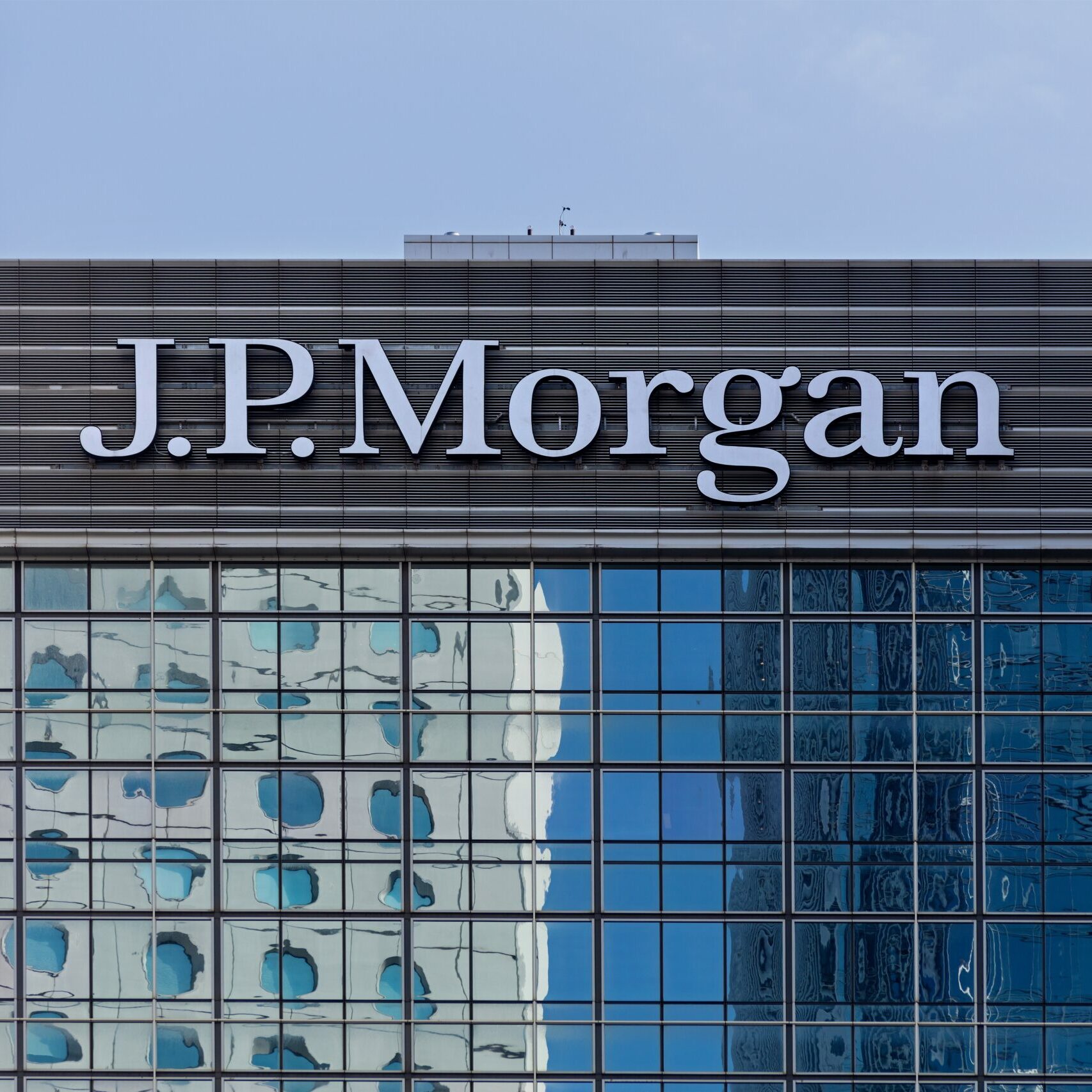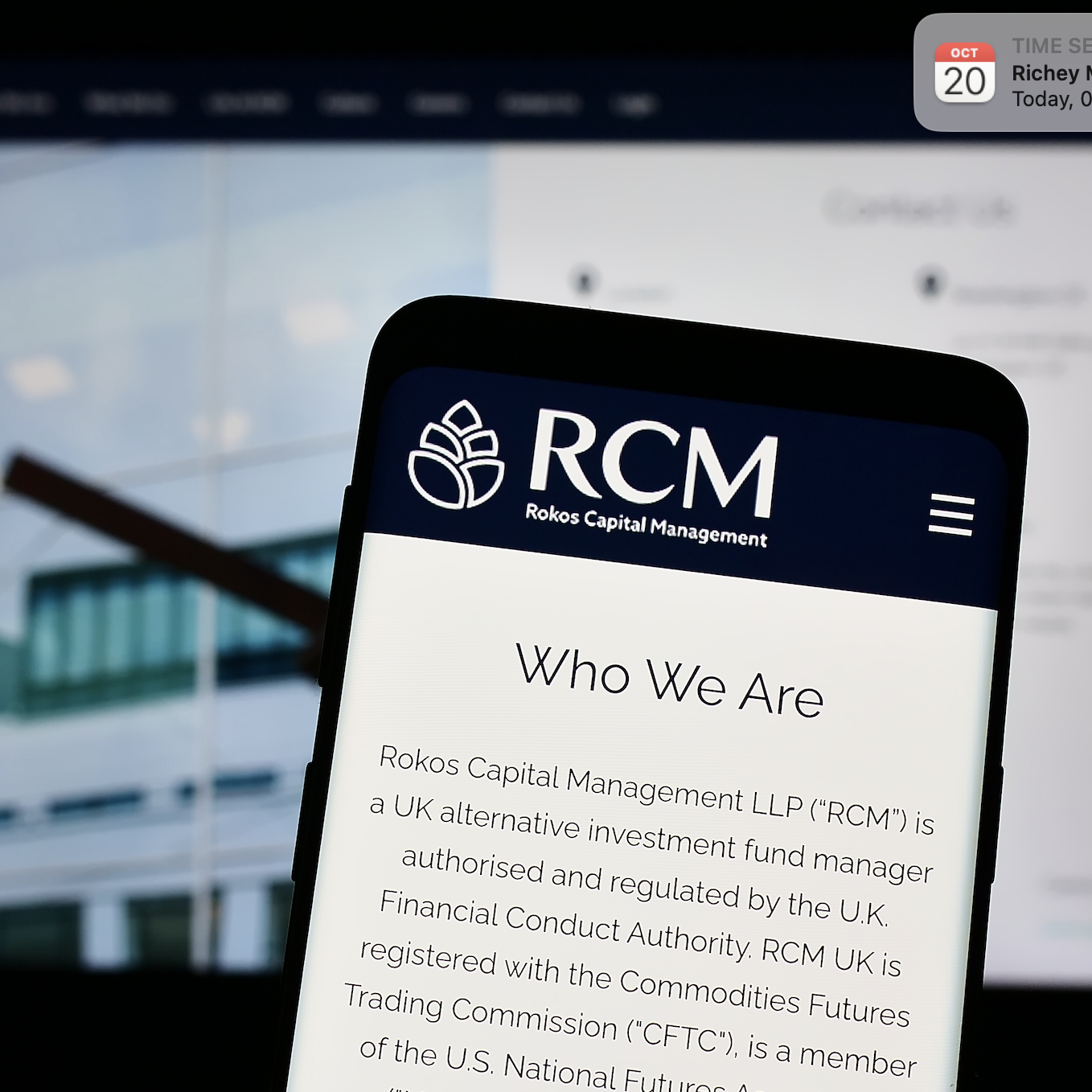LumX Group Limited (LumX), who has been developing and managing alternative investment programmes for over 25 years, is in the process of redomiciling the LumMap managed account platform, from Jersey to Ireland.
The purpose of this is to extend the platform’s capabilities such that funds on the platform are AIFMD-compliant and can be freely distributed and marketed to investors in the EU.
“The platform originated from our requirements as an asset manager,” explains Eric Bissonnier (pictured), CIO, Alternative Solutions, LumX Asset Management. “The aim was to better manage risks that are harder to control in a commingled fund format. If we have issues with some structural aspects of a manager’s fund – the obvious one being pricing, but also asset verification, and lack of transparency – we would prefer to go the managed account route.”
Operating the platform, and catering to traditional as well as alternative strategies, LumX is able to onboard managers with specific investment goals in mind. Historically, it has worked with complex, less liquid strategies “so that we’re not at risk of other investors redeeming if the strategy is having a tough time in the market, which could lead to knee jerk selling and force everyone to redeem,” says Bissonnier. “Managed accounts also favour discussions with managers to customise certain investment guidelines depending on the risk/return objectives of clients”.
The platform has been designed to meet high fiduciary standards of governance and is unique in the sense that it is fully integrated with LumRisk, a risk aggregation and reporting platform that gives LumX daily, position-level transparency on its investments.
“Clients rarely need to know position-level detail but they do like to have an aggregate view of the portfolio, and this is something the managers on LumMap are quite happy to provide,” confirms Bissonnier.
When it comes to pricing OTC instruments, investors in commingled funds must rely on the manager’s pricing models, trusting that these reasonably reflect realisable market values, and that published performance is not skewed by optimistic valuations.
Using platforms like LumMap, which provide fully independent valuations, tight control over mandate guidelines and limits, and direct verification of asset custody and ownership for each of its funds, this pricing risk is significantly reduced for the investor.
“You need to have some oversight on this,” stresses Bissonnier. “Normally this should be done by the fund itself with independent directors, but in practice they will tend to rely on the manager’s input as they might not have the skills to price certain single securities. We have the expertise to model all types of securities in considerable detail, and the benefit of fully independent service providers”.
“I think the two combined – independent pricing and independent risk/guideline monitoring – means that the main areas of conflict of interest between the fund and the manager can be addressed in a way that doesn’t really cost more to the client. These are two key elements that differentiate managed accounts from traditional offshore funds.”
Investors are increasingly looking towards more illiquid hedge fund strategies in order to access illiquidity premia and thereby boost returns. Given the complexity of these strategies, having a partner that actively monitors the manager, delivers the requisite controls and transparency, and takes away the operational burden, has clear benefits.
Supporting managers who wish to access the European market and offer AIFMD-compliant versions of their strategy is equally beneficial and that is what LumMap provides.
“We are better suited to less liquid strategies compared to other platforms. We have historically been able to serve a short biased credit fund on the platform, trading long/short single-name CDS, as well as a levered loan fund, and a diversified event-driven fund with a distressed credit bias. Naturally, we have also implemented managed account versions for a number of long/short equity funds, and managed futures strategies,” illustrates Bissonnier.
This ability to provide a managed account experience for illiquid funds on LumMap is particularly appealing to those investors who are seasoned hedge fund investors. By providing up-front transparency on illiquid strategies – as well as liquid ones – in terms of what the portfolio looks like day-to-day, it avoids any unpleasant surprises if a strategy experiences turbulence.
Bissonnier thinks this can make a big difference: “You’re not relying on the manager’s communication, in terms of what the risks are and how they represent them. You can make your own mind up by looking at the portfolio directly. This brings a lot of comfort to the investor. They can communicate with the manager on an equal footing as they already know what the portfolio’s risk profile is. They can talk about how they arrived at that position, and have a more meaningful discussion.”
He says that the future of LumMap is to make it available to any fund manager and asset owner who needs a bespoke structuring solution, whether that is under AIFMD or any other tailor-made structure with the required controls and transparency of a managed account.
“We have the capacity to understand the issues and to structure investment vehicles that are more consistent with how an investment manager would approach it, rather than, say, a custodian. That has clear advantages in terms of understanding strategies and the ability to structure funds for non-EU managers who do not have an investment manager in Europe.
“To access the European market they want to partner with someone who has an extensive experience in researching and investing in their strategies,” says Bissonnier.
Indeed, there is a broader application to what LumX is doing.
The first is to extend distribution, creating funds for managers based on investor demand.
Secondly, and more specifically, it will involve creating funds for managers in response to the regulatory requirements of their European clients. A third consideration is to leverage the platform’s umbrella structure to operate private platforms for single family offices.
As Bissonnier says in conclusion: “They want to have a simplified structure, where they have proper control of the umbrella in terms of fiduciary management, and a sufficient level of transparency that can be adapted, in terms of how and where members of the family office split their assets from a trust perspective.
“The structuring is a bit more complex but the machinery is the same.”








